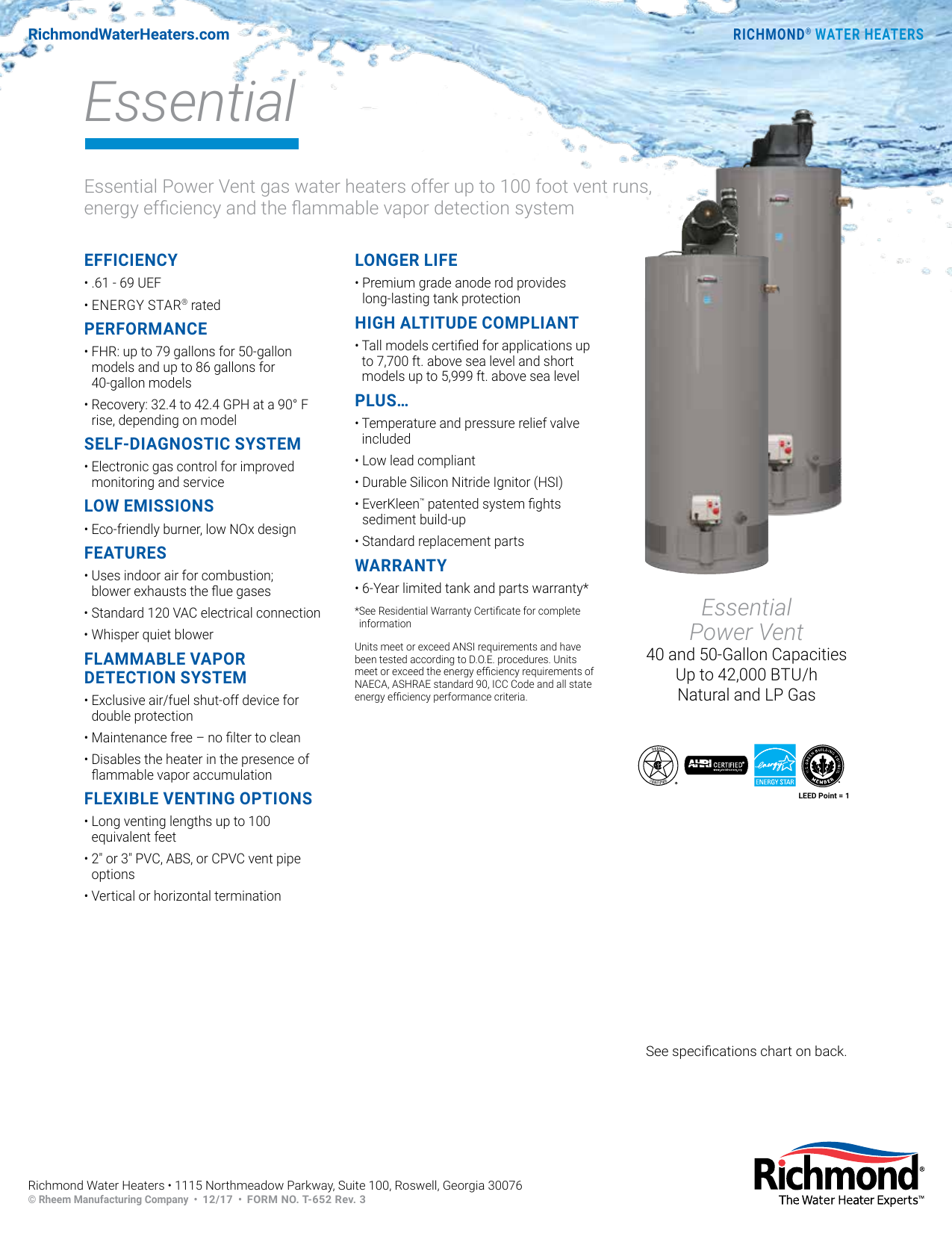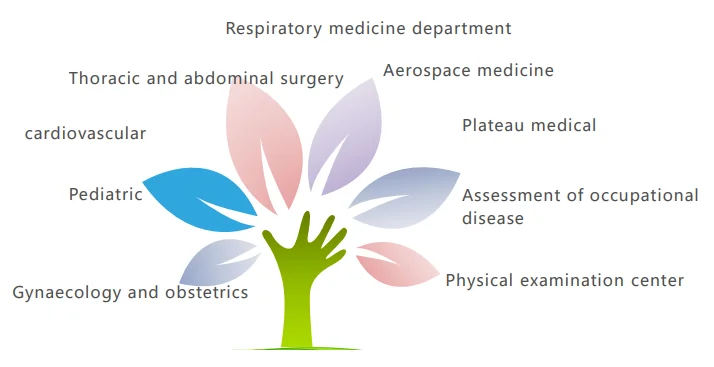
Day 1, in the context of VAE, is the day of intubation and commencement of mechanical ventilation. VAC is defined as an increase in oxygen requirement, sustained for a minimum of 2 days in a mechanically ventilated patient. The CDC (2013) has categorized VAE as (I) ventilator-associated conditions (VAC), (II) infection-related ventilator-associated complications (IVAC), and (III) possible ventilator-associated pneumonia (PVAP) or probable ventilator-associated pneumonia VAP. Additionally, VAP parameters were arguably non-specific to distinguish VAP from other forms of (potentially hospital-acquired) respiratory illness in critically ill patients. Limitations of the framework, however, include the fact that some VAEs may reflect the natural history of the critical illness rather than preventable, ventilator-induced complications the low positive predictive value of VAE surveillance criteria for VAP and, the potential to miss cases of VAP. These are based on findings from the surveillance framework. Among the pros are greater objectivity of parameters ease of electronic computation ability to use surveillance parameters as a metric of quality of healthcare for ventilated patients close association of the parameters to mortality rates and, an association with greater potential for multi-disciplinary collaboration in mitigation of VAE. Numerous pros and cons of the CDC surveillance framework (2013) have been outlined. The framework was intended solely for surveillance purposes and not for clinical diagnosis and management. The rationale was to improve the objectivity of previous (2005) surveillance parameters for ventilator-associated complications. Pulmonary angiography is required only occasionally.The United States Centers for Disease Control (CDC) published an updated surveillance framework in 2013 about ventilator-associated events (VAE). When combined with objective studies of the venous system, the ventilation-perfusion lung scan provides a guide to management in the great majority of patients.

In the absence of deep vein thrombosis, the low-probability scan identifies a patient population not requiring anticoagulation. Treatment trials and clinical follow-up studies have shown that although the V/Q scan is not always predictive of angiogram results, it is a reliable predictor of patient outcome. Several studies have shown that some emboli found on angiography are clinically benign and, in the absence of persistent thrombosis of the lower extremities, do not require anticoagulation.

The goal of V/Q scanning is not detection of pulmonary emboli per se, but rather the identification of patients at a high or low risk for future embolic events if they are not anticoagulated. These data suggest that the lung scan is a better predictor of patient outcome than has been previously appreciated.

Major prospective studies recently have made available objective data for formulation and evaluation of diagnostic and therapeutic strategies. Some physicians recommend diagnostic approaches in which the lung scan plays a relatively minor role, and angiography is required for many patients. Ventilation-perfusion (VQ) scintigraphy is known to miss some emboli found on pulmonary angiography. Diagnosis and management of the patient with pulmonary embolism remains a vexing clinical problem.


 0 kommentar(er)
0 kommentar(er)
